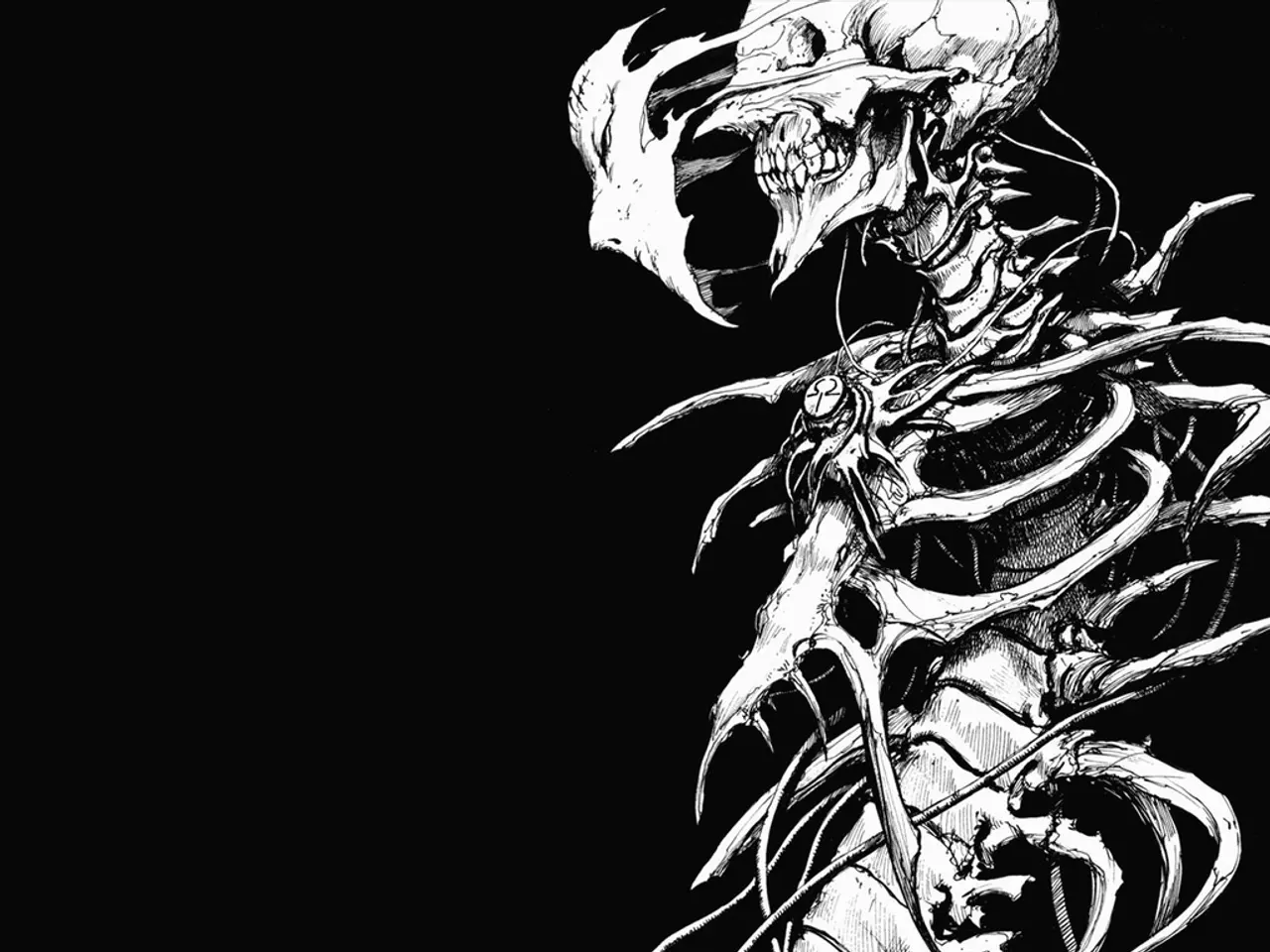Supernatural Case of Demonic Influence and Ancient Rituals of Exorcism
Demonic possession and exorcism, deeply rooted in religious and cultural histories worldwide, symbolize the struggle between good and evil and provide frameworks to understand and treat distressing symptoms.
Historical and Cultural Significance
In ancient Persian and Zoroastrian belief systems, entities like the divs (or daevas) originated as divine or semi-divine beings but were demonized over time, representing forces of corruption and death. These demons influenced later Abrahamic demonologies, including Judaism, Christianity, and Islam, where they are believed to take control of a person’s body or mind.
Theologian and historian Jeffrey Burton Russell has written extensively on the history of demonic possession, acknowledging its cultural significance. In Judaism, the dybbuk is a possessing spirit discussed in mystical Kabbalistic texts, reflecting concerns about soul, evil, and salvation. Christian and Islamic traditions have elaborate exorcism practices based on the belief that demons can be expelled through prayer, holy water, sacrifices, or Qur'anic recitations.
Symbolism and Social Functions
The idea of possession might symbolize broader themes such as the battle between good and evil, the presence of spiritual corruption, or societal fears. For example, stories like Rustam's battles with demons carry symbolic meanings reflecting moral and spiritual struggles. Exorcism practices have traditionally served as ritualized responses to crises, especially in contexts lacking biomedical explanations for symptoms like seizures, hallucinations, or sudden behavioral changes. They provided a culturally accepted method for healing and social integration.
Psychological and Neurological Contributions to Possession-Like Symptoms
Modern psychological and neurological disorders help explain many symptoms historically attributed to possession: seizures, hallucinations, delusions, altered behavior, and dissociation. Conditions such as epilepsy, schizophrenia, psychosis, or severe depression can manifest with these symptoms.
For example, the case of Anneliese Michel (1970s Germany) illustrates how symptoms interpreted as demonic possession—voices, hallucinations, seizures, and aversions to religious objects—were resistant to psychiatric treatment but aligned with diagnoses like psychosis or epilepsy. Her story highlights the difficulty of distinguishing cultural/spiritual interpretations from medical conditions.
Studies suggest that in many cultures, mental illnesses are often explained through spiritual or supernatural frameworks, leading to collaboration between traditional healers and medical practitioners, such as using prayer and holy objects alongside medical treatment.
Summary Table
| Aspect | Historical/Cultural View | Psychological/Neurological Explanation | |---------------------------|-----------------------------------------------------|-----------------------------------------------------------| | Origin of demons | Divine/semi-divine beings turned evil (Zoroastrian divs) | N/A | | Role of possession | Spiritual entity controlling the person | Manifestation of neurological disorders or mental illness | | Treatment (exorcism) | Rituals: prayer, holy water, sacrifices | Psychiatric medication, neurological treatment | | Symbolic meaning | Battle between good/evil, social cohesion | Brain disorders causing altered perception and behavior | | Cross-cultural presence | Islam, Christianity, Judaism, Persian beliefs | Universal brain/mind conditions interpreted culturally |
Important Caveats
While many possession-like symptoms have clear neurological or psychological bases, not all cultural or religious experiences can be reduced solely to pathology; these beliefs also fulfill important social, existential, and spiritual roles. The boundary between spiritual experiences and mental illness is complex and culturally dependent, and respectful interdisciplinary approaches are encouraged.
In conclusion, demonic possession and exorcism are deeply rooted in religious and cultural histories worldwide, symbolizing the struggle between good and evil and providing frameworks to understand and treat distressing symptoms. Psychologically and neurologically, many possession-associated manifestations correspond to identifiable disorders, underscoring the importance of integrating medical knowledge with cultural context in addressing these experiences.
Notable figures like Malachi Brendan Martin, an Irish Catholic priest and writer, have contributed to the understanding of these practices through their works, such as "Hostage to the Devil." Today, practitioners like Father Vincent Lampert, one of the 12 Vatican-trained exorcists residing in the U.S., continue to employ these practices. However, it is essential to remember that these beliefs and practices are not limited to one particular culture or time period but have appeared in various forms across the world throughout history.
- The haunting notion of possession, seen in various cultural and religious histories, symbolizes the struggle between ufo supernatural forces of good and evil.
- Witnessing the phenomena of demonic possession and exorcism can reflect concerns about mental health, health-and-wellness, and society's fears surrounding the supernatural.
- Collaboration between mental health professionals and traditional healers often occurs to treat individuals experiencing possession-like symptoms, which may align with supernatural beliefs and be influenced by health-and-wellness and mental-health problems.
- Not all beliefs related to possession are solely attributable to health and wellness issues or mental health; they often carry significant social, existential, and spiritual implications.
- Scholars and experts in health-and-wellness, mental health, and religion have contributed to our understanding of possession, drawing parallels between historical/cultural views and psychological/neurological explanations for such phenomena.




